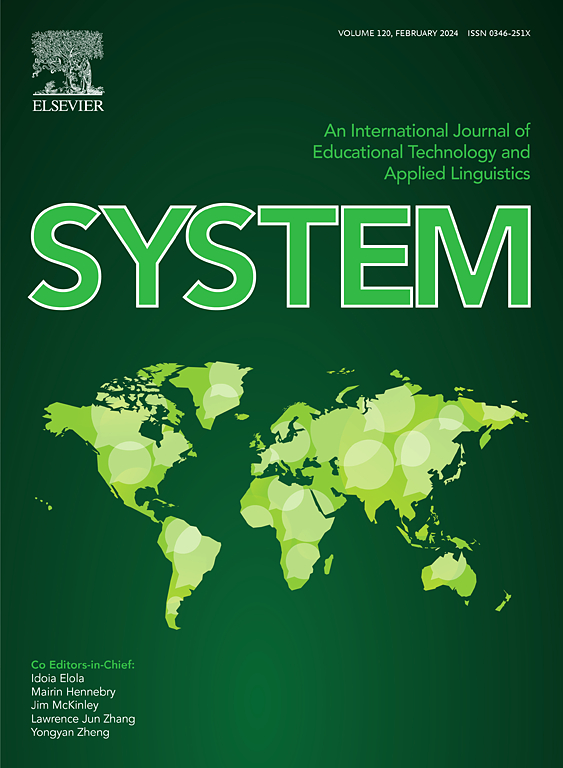Dietary citrulline supplementation enhances milk production in lactating dairy goats
IF 6.5
1区 农林科学
Q1 Agricultural and Biological Sciences
引用次数: 0
Abstract
Lactational performance depends heavily on age, health, and nutrition. L-Citrulline (Cit) is an effective precursor of L-arginine (Arg), an amino acid that has important roles in synthesis of nitric oxide (NO) and polyamines. Ruminal microbes degrade extracellular Arg; however, extracellular L-citrulline (Cit) is not degraded by ruminal microbes due to lack of uptake and can be fed unencapsulated as a precursor for Arg. As NO is a vasodilator, an increase in blood flow and transport of molecules to mammary tissue may enhance lactational performance and milk composition. Increases in polyamine production may increase milk protein synthesis within mammary tissue, thus increasing milk protein content. This study determined, for the first time, effects of dietary Cit supplementation on milk production and milk composition of Alpine dairy goats. Does were synchronized to estrus and bred to Alpine bucks. Parturition was induced on d 149 of gestation and does were suckled overnight allowing kid(s) to obtain colostrum before being milked 24 h later (d 1 of lactation). Does were assigned to either control (CON, n = 24) or Cit (CIT, n = 23) diets. The isonitrogenous control diet consisted of 97.63% basal diet and 2.37% supplement (1.37% L-alanine and 1.00% soybean hydrogenated oil). The CIT supplemented diet consisted of 97.63% basal diet and 2.37% supplement (0.5% Cit, 0.5% L-glutamine, 1% soybean hydrogenated oil, 0.37% cornstarch). Diets were group fed ad-libitum by treatment group. Blood samples were collected on d 0 and 30 of lactation, milk volumes measured twice daily, and on d 10, 20, and 40 of lactation, milk samples were collected. CIT-treated does had greater daily milk production (P < 0.05) and there was an effect of day of lactation on daily milk production (P < 0.0001). Sire had significant effect on daily milk production as well (P < 0.05). Milk compositional analyses revealed Cit supplementation increased solid-non-fat (SNF; P < 0.05) and protein (P < 0.05) content in milk. Our novel results indicate that dietary supplementation of Cit fed ad-libitum in Alpine does increased daily milk yield, milk SNF content, and protein content. Supplemental Cit may be a proxy for Arg in goats to enhance lactational performance.饲粮中添加瓜氨酸可提高泌乳山羊的产奶量
泌乳性能在很大程度上取决于年龄、健康和营养。l -瓜氨酸(Cit)是l -精氨酸(Arg)的有效前体,在一氧化氮(NO)和多胺的合成中起重要作用。瘤胃微生物降解胞外精氨酸;然而,由于缺乏吸收,细胞外l -瓜氨酸(Cit)不会被瘤胃微生物降解,可以作为精氨酸的前体而不被包裹。由于一氧化氮是一种血管扩张剂,血流量的增加和分子向乳腺组织的运输可能会提高泌乳性能和乳成分。多胺产量的增加可能会增加乳腺组织内乳蛋白的合成,从而增加乳蛋白含量。本研究首次确定了饲粮中添加Cit对高寒奶山羊产奶量和乳成分的影响。它们与发情期同步,繁殖成阿尔卑斯雄鹿。在妊娠第149天诱导分娩,夜间哺乳,使患儿获得初乳,24 h后(哺乳期第1天)再挤奶。将小鼠分为对照组(CON, n = 24)和对照组(Cit, n = 23)。等氮对照饲粮为97.63%基础饲粮加2.37%补充饲粮(1.37% l -丙氨酸和1.00%大豆氢化油)。CIT补充饲粮为基础饲粮的97.63%和添加物(0.5% CIT、0.5% l -谷氨酰胺、1%大豆氢化油、0.37%玉米淀粉)的2.37%。治疗组随机分组饲喂。在泌乳第0天和第30天采集血液样本,每天测量两次产奶量,在泌乳第10、20和40天采集乳汁样本。cit处理的日产奶量显著高于对照组(P < 0.05),泌乳天数对日产奶量有显著影响(P < 0.0001)。父系对日产奶量也有显著影响(P < 0.05)。牛奶成分分析显示,添加Cit增加了固体非脂肪(SNF);P < 0.05)和蛋白质含量(P < 0.05)。我们的新结果表明,在阿尔卑斯地区,饲粮中随意添加Cit确实提高了日产奶量、牛奶SNF含量和蛋白质含量。在山羊中添加精氨酸可能是提高泌乳性能的替代饲料。
本文章由计算机程序翻译,如有差异,请以英文原文为准。
求助全文
约1分钟内获得全文
求助全文
来源期刊

Journal of Animal Science and Biotechnology
AGRICULTURE, DAIRY & ANIMAL SCIENCE-
CiteScore
9.90
自引率
2.90%
发文量
822
审稿时长
17 weeks
期刊介绍:
Journal of Animal Science and Biotechnology is an open access, peer-reviewed journal that encompasses all aspects of animal science and biotechnology. That includes domestic animal production, animal genetics and breeding, animal reproduction and physiology, animal nutrition and biochemistry, feed processing technology and bioevaluation, animal biotechnology, and meat science.
 求助内容:
求助内容: 应助结果提醒方式:
应助结果提醒方式:


